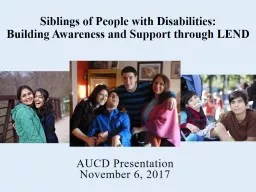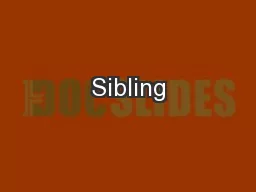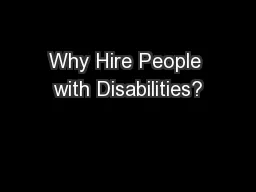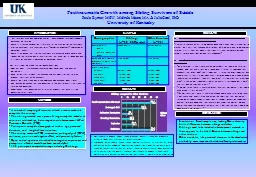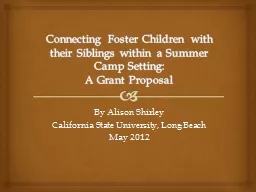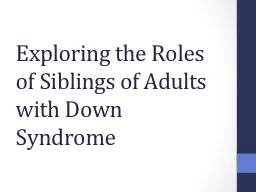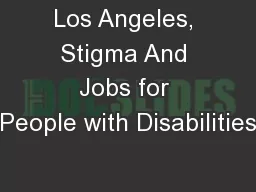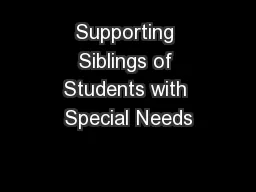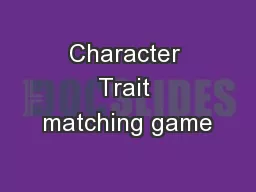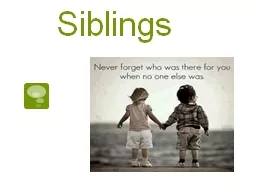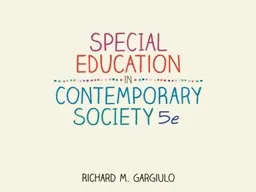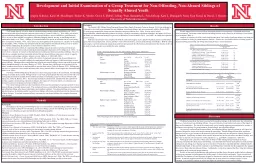PPT-Siblings of People with Disabilities:
Author : phoebe-click | Published Date : 2019-03-01
Building Awareness and Support through LEND AUCD Presentation November 6 2017 Panelists Fran Goldfarb MA MCHES CPSP Director Family Support USC Childrens Hospital
Presentation Embed Code
Download Presentation
Download Presentation The PPT/PDF document "Siblings of People with Disabilities:" is the property of its rightful owner. Permission is granted to download and print the materials on this website for personal, non-commercial use only, and to display it on your personal computer provided you do not modify the materials and that you retain all copyright notices contained in the materials. By downloading content from our website, you accept the terms of this agreement.
Siblings of People with Disabilities:: Transcript
Download Rules Of Document
"Siblings of People with Disabilities:"The content belongs to its owner. You may download and print it for personal use, without modification, and keep all copyright notices. By downloading, you agree to these terms.
Related Documents

